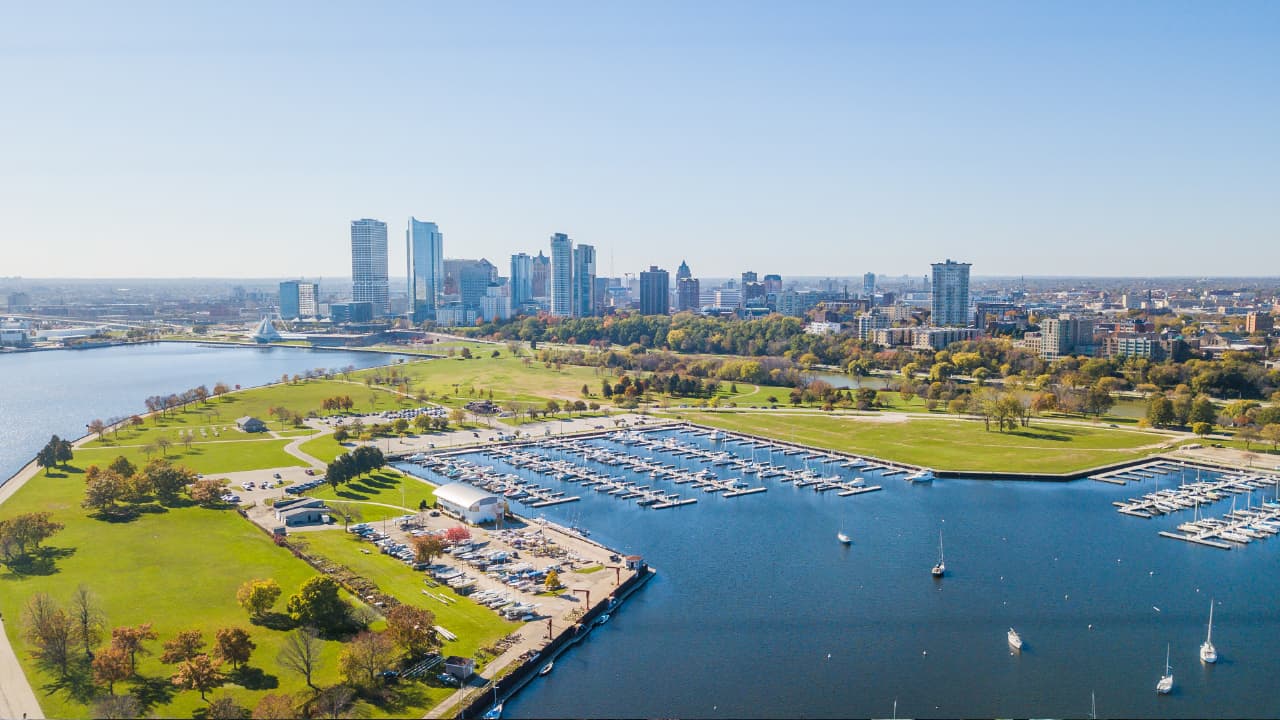The metro Milwaukee area’s population did grow in the past decade, but the 1.2% increase was better than only two other regions included in the Metropolitan Milwaukee Association of Commerce’s benchmarking studies.
The occasional study
provides 21 metro areas to compare metro Milwaukee against. The list ranges from geographic neighbors like Chicago and Minneapolis-St. Paul to fellow Rust Belt areas like Pittsburgh and Cleveland to growing areas like Nashville, Portland and Charlotte.
Of those areas, metro Milwaukee, which includes Milwaukee, Waukesha, Washington and Ozaukee counties, only outpaced the Pittsburgh and Cleveland metro areas for population growth. Those two regions only grew 0.6% and 0.5% respectively since the 2010 Census.
Milwaukee was tied with St. Louis, which also grew 1.2%.
The city of Milwaukee’s population
declined nearly 3% in the past decade to 577,222, a level not seen since the 1930s. Among core cities in other benchmark metros, the population loss was only better than St. Louis, Baltimore, Cleveland and Detroit.
The top growing benchmark metros included Orlando, up 25.3%, Raleigh, up 25.1%, Nashville, up 20.9%, San Antonio, up 19.4%, and Charlotte, up 18.6%.
While those regions are in warmer, more southern climates, it is not as if Midwestern metros did not also see growth. Columbus, Ohio was up 12.5%, Indianapolis was up 11.8%, Minneapolis-St. Paul was up 10.7% and Kansas City increased 9.1%.
The Madison metro area, which isn’t on the MMAC benchmarking list, grew 12.4%, an increase of more than 75,000 residents to reach 680,796 people.
The Chicago metro also performed better than Milwaukee with its population growing 1.7% and metro Detroit increased 2.2%.
Other areas on the list topping Milwaukee included Buffalo, up 2.8%, Baltimore, up 4.9%, Cincinnati, up 5.6%, San Jose, up 8.9%, Portland, up 12.9% and Salt Lake City, up 15.6%.


